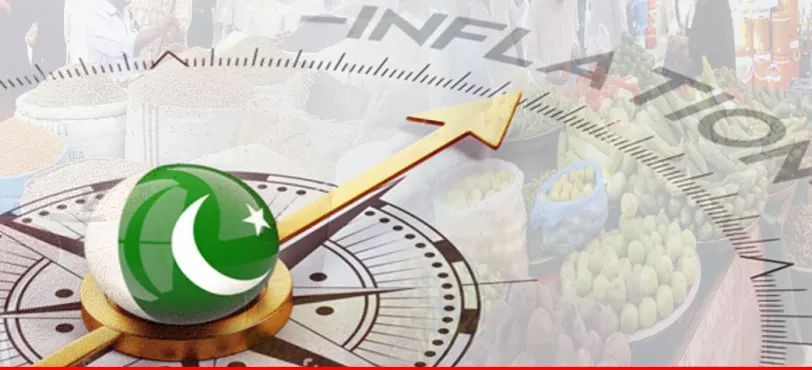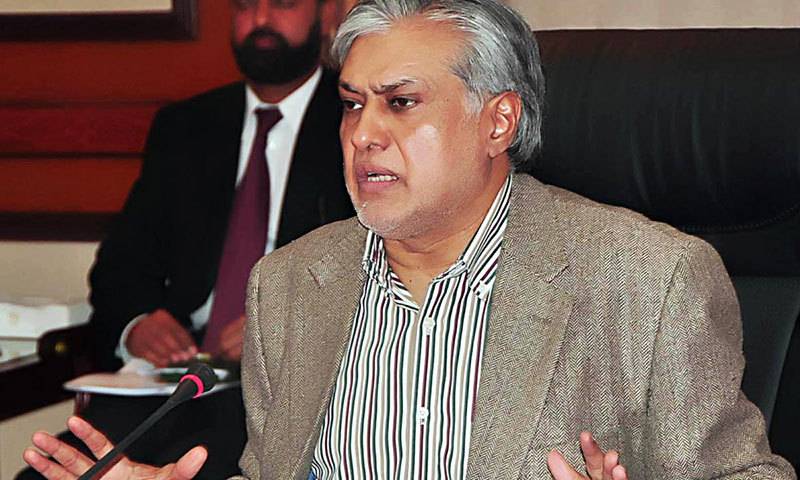PTBP Web Desk
Pakistan’s headline inflation is projected to remain between 5.8% and 6.8% in November 2024 and is anticipated to decline further to 5.6%-6.5% by December 2024 following the November decline, according to the Finance Division’s latest report. This optimistic forecast is part of the Ministry’s ‘Monthly Economic Update and Outlook’ released on Wednesday.
Inflation Trends and Projections
The report highlights that fiscal consolidation and controlled inflation are likely to boost economic activity in the coming months. The forecast reflects a continuation of the downward trend observed since May of the previous year, when Consumer Price Index (CPI) inflation hit a record high of 38%, marking a critical economic challenge for Pakistan. However, a steady decline in inflation has been recorded since that peak.
In October 2024, headline inflation stood at 7.2% year-on-year (YoY), slightly above the 6.9% recorded in September 2024, according to data from the Pakistan Bureau of Statistics (PBS). The Finance Division’s report suggests that this downward trend will persist into the end of the year, providing relief to consumers and industries alike.
Agriculture Sector Boost
The agriculture sector continues to play a pivotal role in Pakistan’s economic recovery. The report notes that wheat sowing is progressing well, with targeted areas and production levels expected to be achieved. Government support in ensuring timely and affordable access to key inputs like seeds and fertilizers has been instrumental in sustaining growth in this critical sector.
Additionally, improved agricultural output is expected to stabilize food prices, contributing positively to the overall inflation outlook. With consistent government policies aimed at empowering farmers, the sector is positioned to meet both domestic consumption and export demands effectively.
Large-Scale Manufacturing Resilience
The large-scale manufacturing (LSM) sector is showing signs of recovery despite challenges. Although YoY growth remains negative, month-on-month (MoM) performance indicates resilience. Key industries, including textiles and automobiles, have demonstrated gradual production increases, supported by ongoing policy measures and external stability.
The Finance Division’s report emphasizes that continued policy support, particularly in areas such as energy pricing and export incentives, will bolster LSM’s recovery. This cautious optimism aligns with the broader economic outlook, suggesting a gradual yet sustainable rebound.
External Sector Stability
On the external front, the current account balance turned into a surplus during the first four months of FY2025 (July-October), reflecting improved external sector sustainability. This surplus has been supported by consistent trends in exports, imports, and worker remittances.
The Finance Division’s projections for November 2024 anticipate:
Exports: $2.5-3.0 billion
Imports: $4.5-4.9 billion
Worker Remittances: $2.8-3.3 billion
These trends underline the government’s efforts to stabilize the external sector while maintaining a balanced trade approach. Enhanced export performance, driven by improved industrial activity and competitive pricing, has been a key contributor to this surplus.
Broader Economic Outlook
The ‘Monthly Economic Update and Outlook’ paints a cautiously optimistic picture for Pakistan’s economic recovery. Fiscal consolidation efforts, coupled with effective monetary policies, are expected to provide a solid foundation for sustained growth. However, challenges remain, particularly in maintaining external stability amid global uncertainties.
External Influences and Oil Prices
Global factors, including oil price fluctuations, remain a critical consideration. Brent crude futures were trading at $72.86 per barrel, while US West Texas Intermediate crude was at $68.80 per barrel on Wednesday, reflecting a steady market. These prices are influenced by geopolitical developments, such as ceasefire agreements in the Middle East and upcoming OPEC+ meetings.
For Pakistan, stable oil prices are vital in controlling import costs, which directly impact inflation and trade balances. The government’s efforts to diversify energy imports and encourage renewable energy adoption are expected to mitigate some of these external risks.



